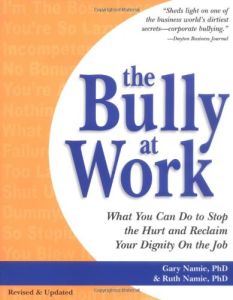
The Bully at Work
What You Can Do to Stop the Hurt and Reclaim Your Dignity On the Job
Recommendation
While much has been written on the topic of workplace violence, much less attention is paid to a more widespread problem - workplace bullying. Gary and Ruth Namie claim that one in five workers in the U.S. have been targeted by a bullying colleague or, more commonly, a bullying boss. The authors flesh out this claim in The Bully at Work by describing the prevalence of workplace bullying and the corrosive effects that such behavior has upon its targets. But the real value in this book comes from the detailed advice it provides to bullying victims. The Namies tell victims how to cope with the stress and other psychological wounds that bullying can cause, and then unveil a step-by-step action plan. This plan stretches from initial internal measures that victims can take to defend themselves to - employers take careful note - legal recourse. This eminently useful guide elevates the book beyond the reach of self-empowerment literature and into the realm of practical knowledge. As such, getAbstract recommends this book to any employee who has been bruised by a workplace bully, and to managers who are - like it or not - responsible for spotting and eliminating bullying behavior.
Summary
About the Authors
Gary Namie Ph.D., is the president of the Campaign Against Workplace Bullying. He is a social organizational psychologist. Ruth Namie Ph.D., is the CEO of the Campaign Against Workplace Bullying. Her personal experience with bullying led to the campaign and subsequent publications, including this book.








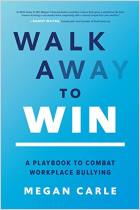
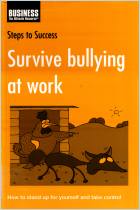
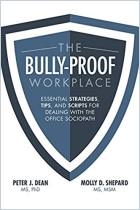

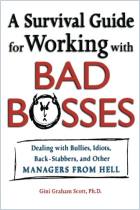
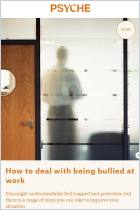





Comment on this summary or 开始讨论